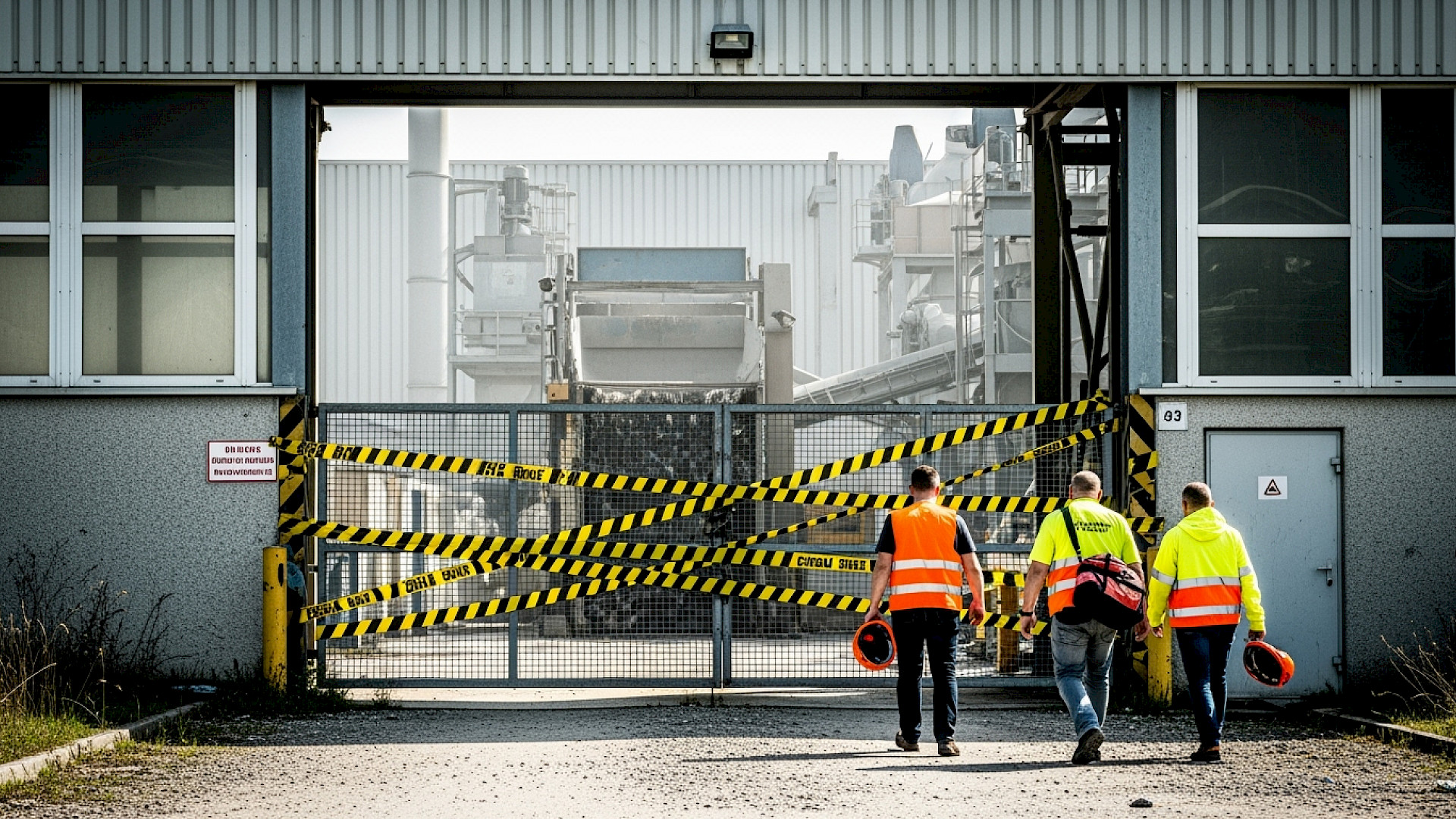Why always recycling?
RE-USE as the Second Pillar
But first, why do we hear so much about recycling? In the EU strategy, recycling is actually the third step, after reduce and reuse. Yet the public debate is almost entirely dominated by recycling. Why? Simply because there is money to be made. Recycled material (PCR) is a commodity, while reduction and reuse mean less material use – and collectively, we seem to be allergic to the idea of “selling less.”
A Wild West of recycling claims
Another commercially driven element is the sheer variety of packaging and claims we see regarding recyclability. Earlier this year, the “Zwerfinator” dissected a new chip packaging and found that the new tube actually contains more plastic (11 grams) than the bag it replaced (8 grams). On top, in big letters, it states “Recyclable,” while the disposal instruction (in small print) tells consumers to throw it in the general waste bin. In some municipalities, every collection of residual waste has to be paid for separately – meaning the simultaneous price increase per 100 grams of chips gets an extra boost.
